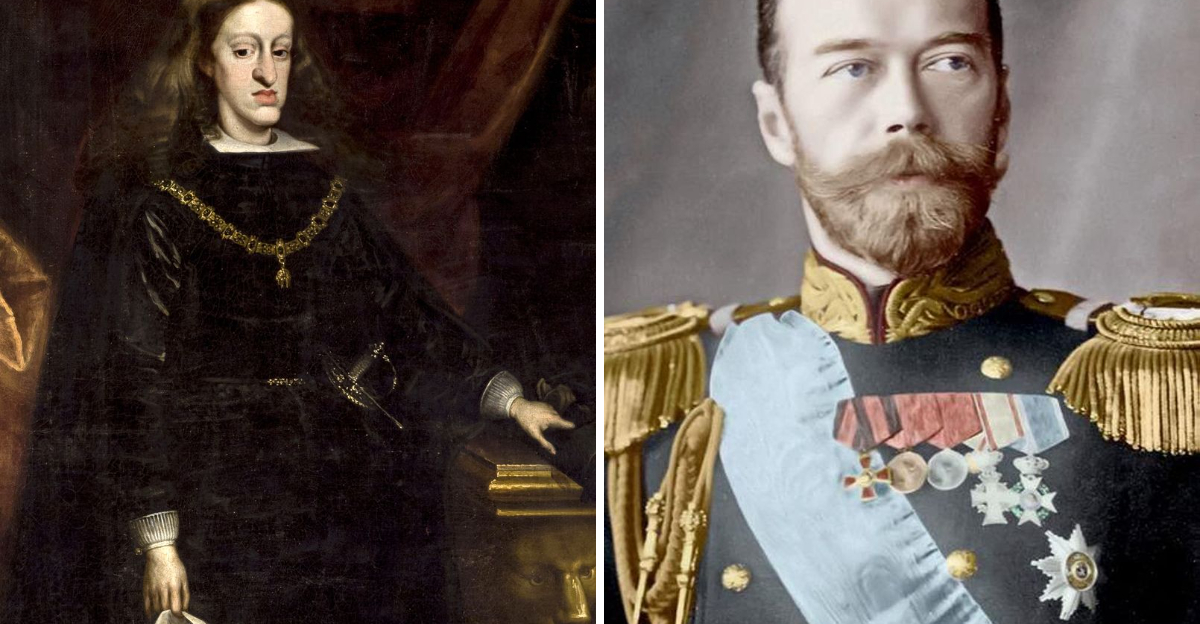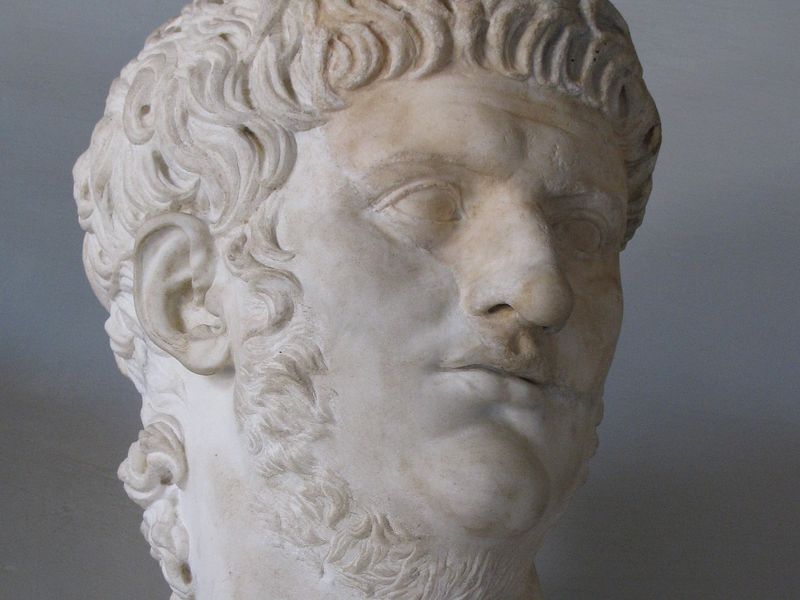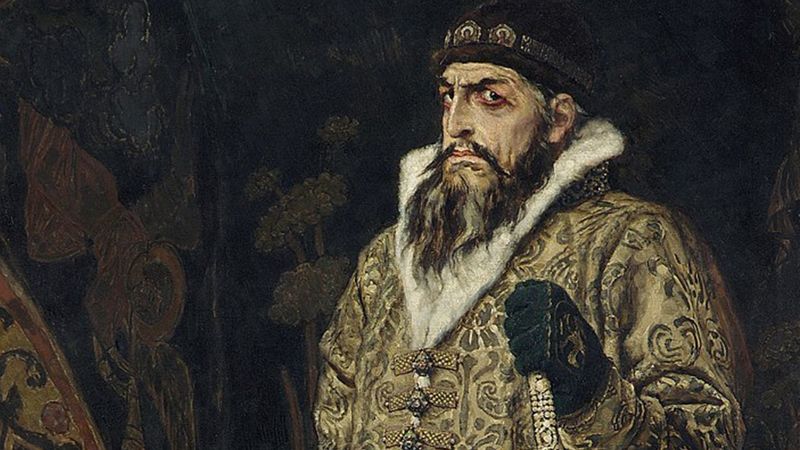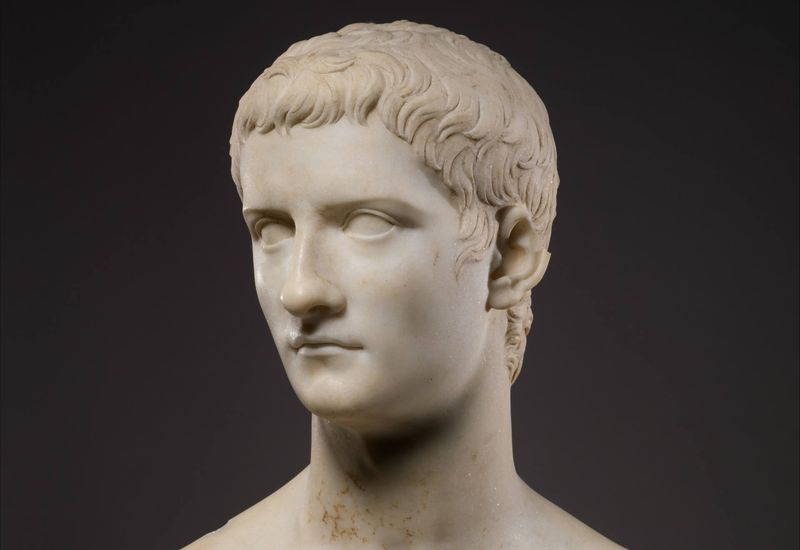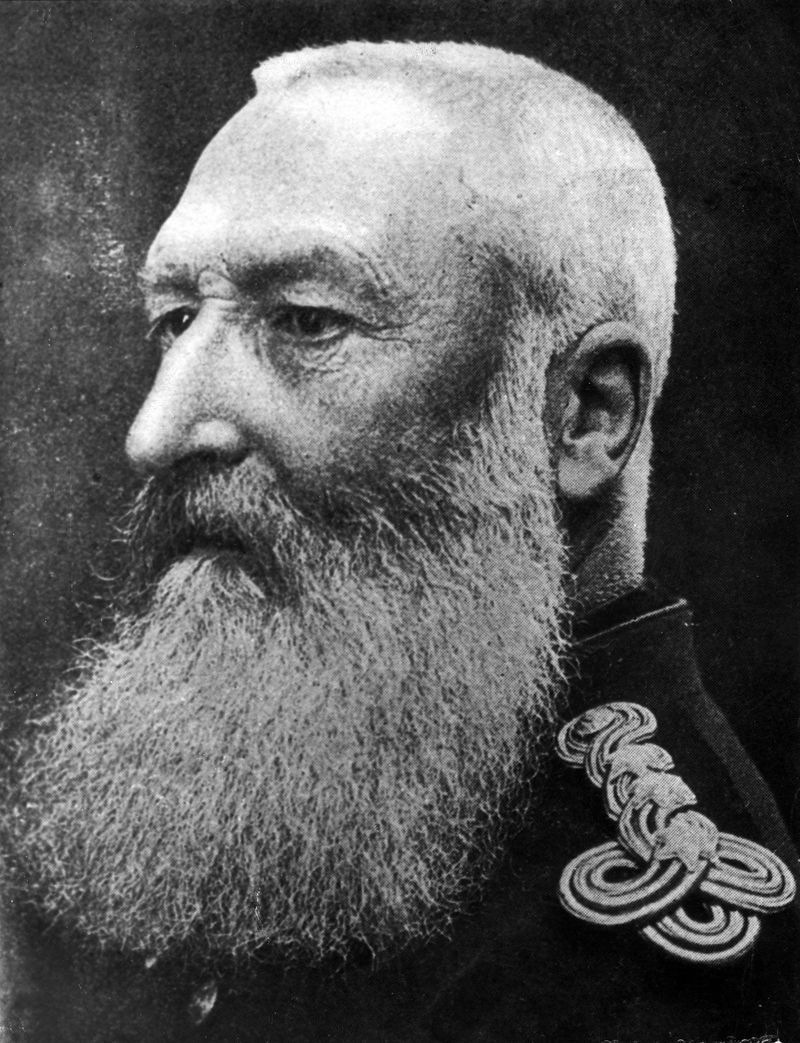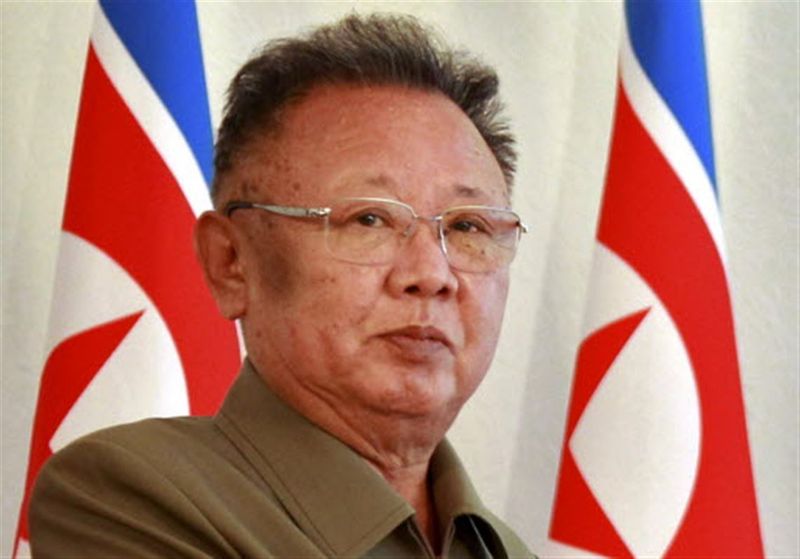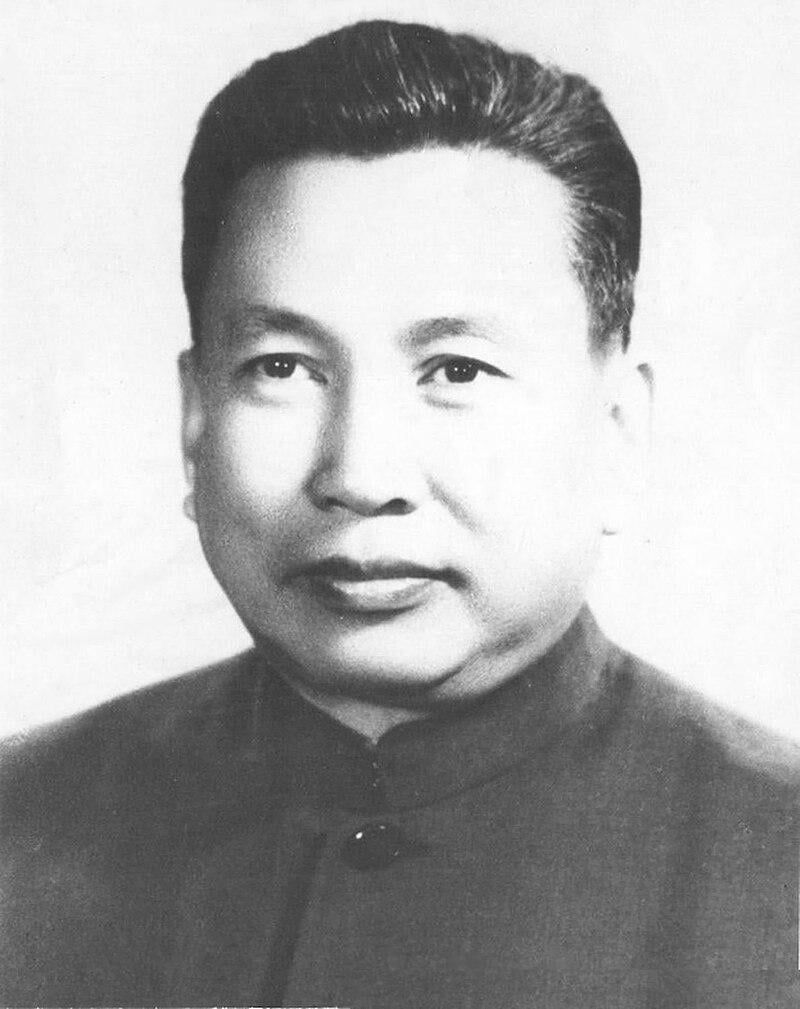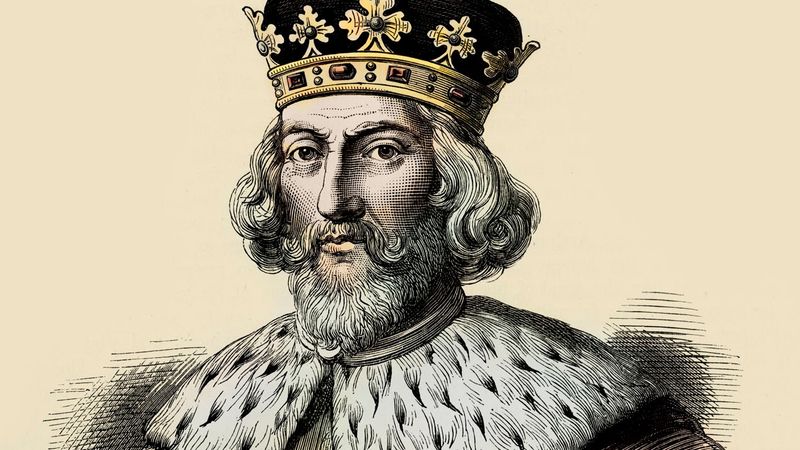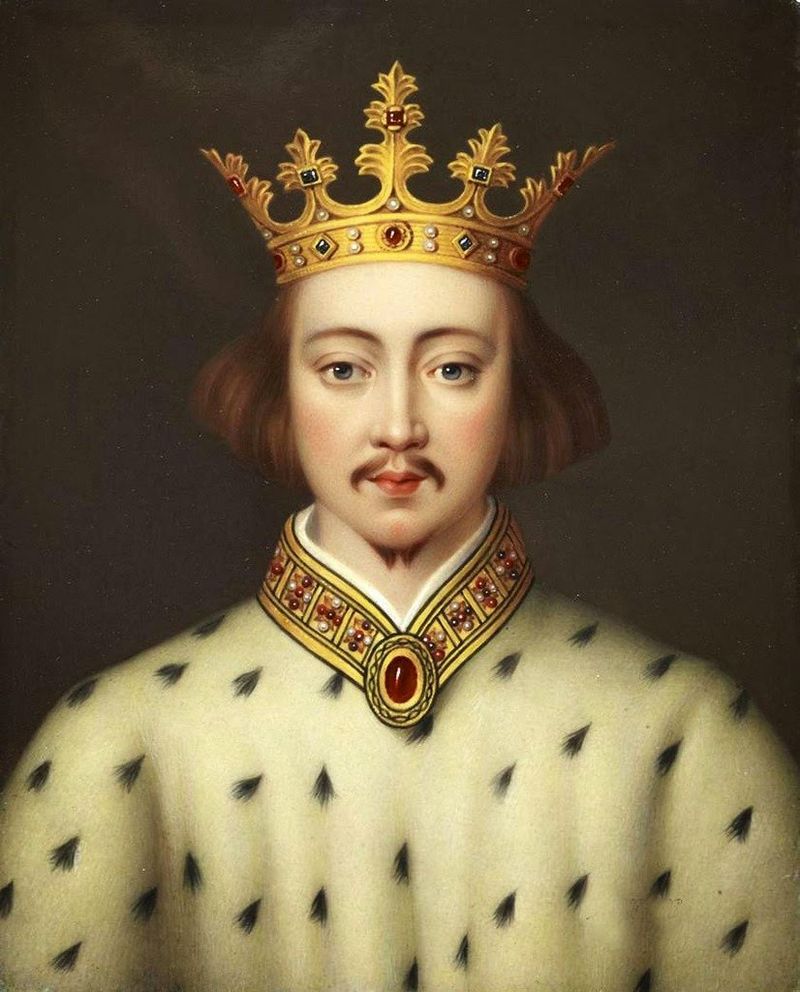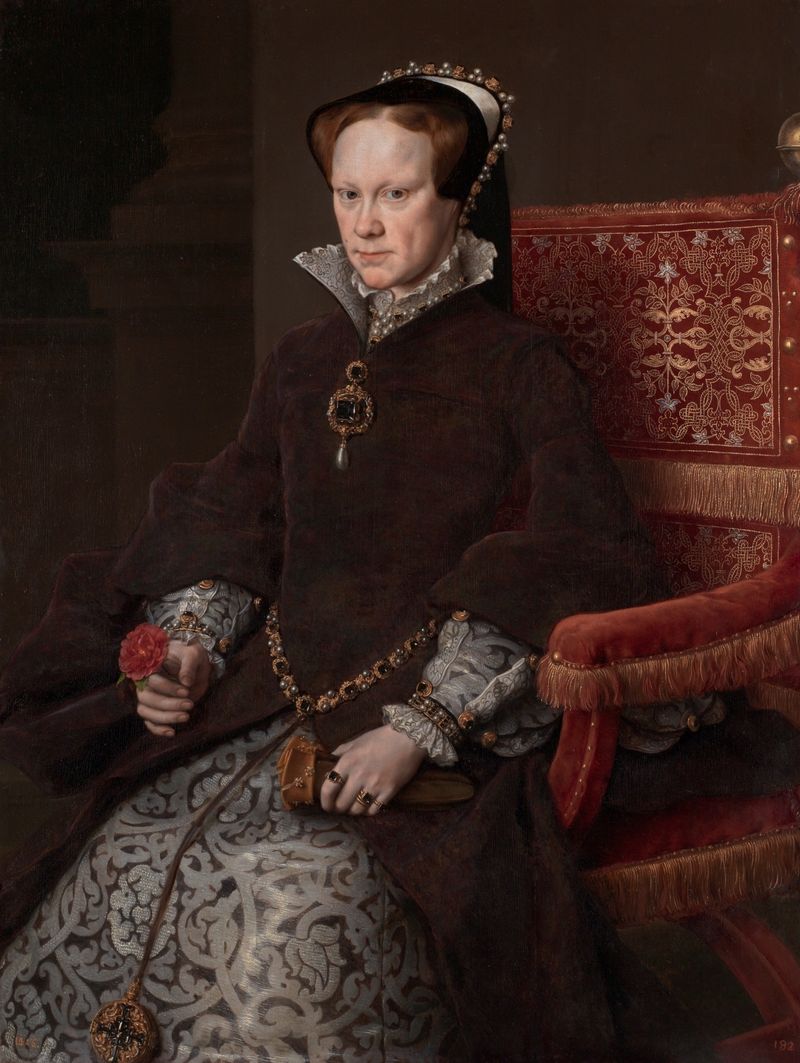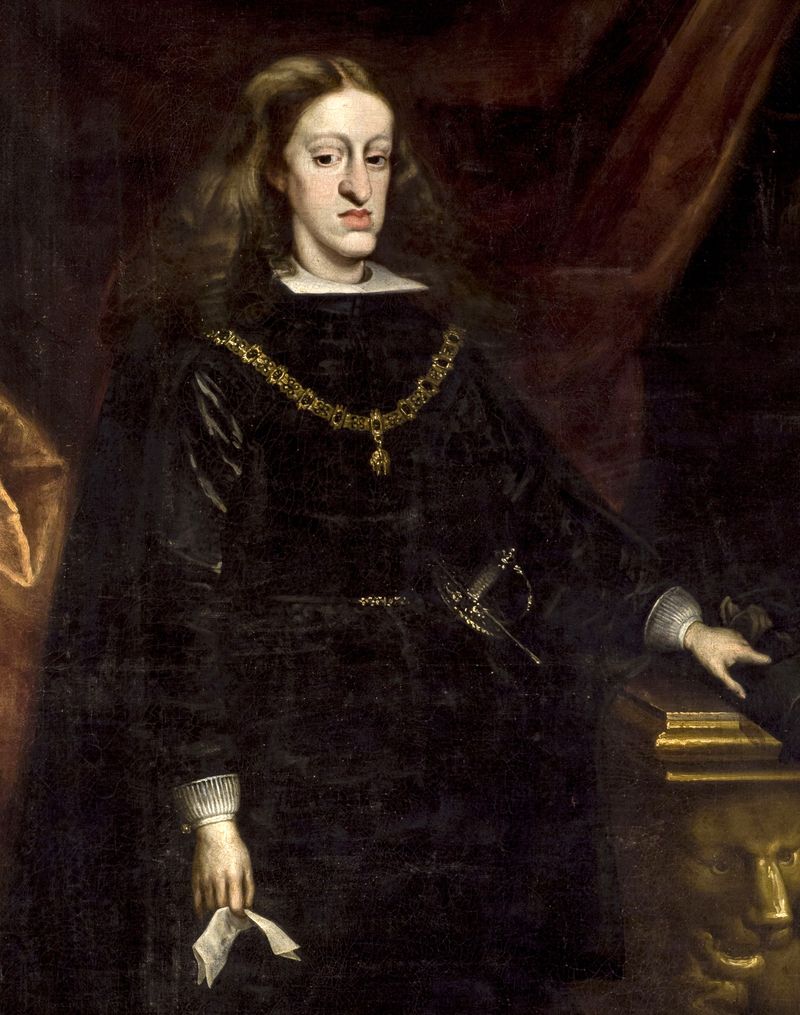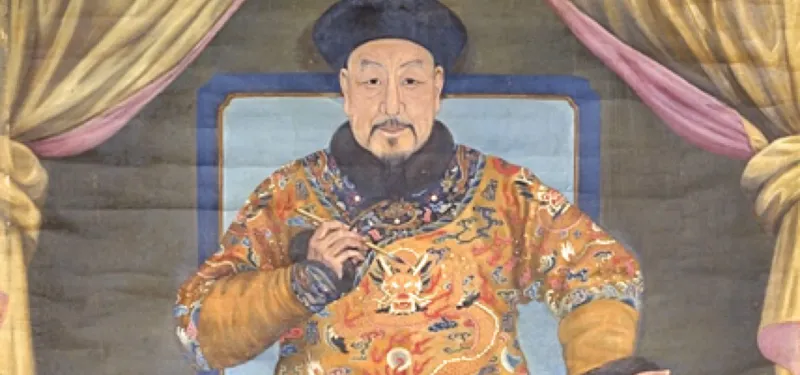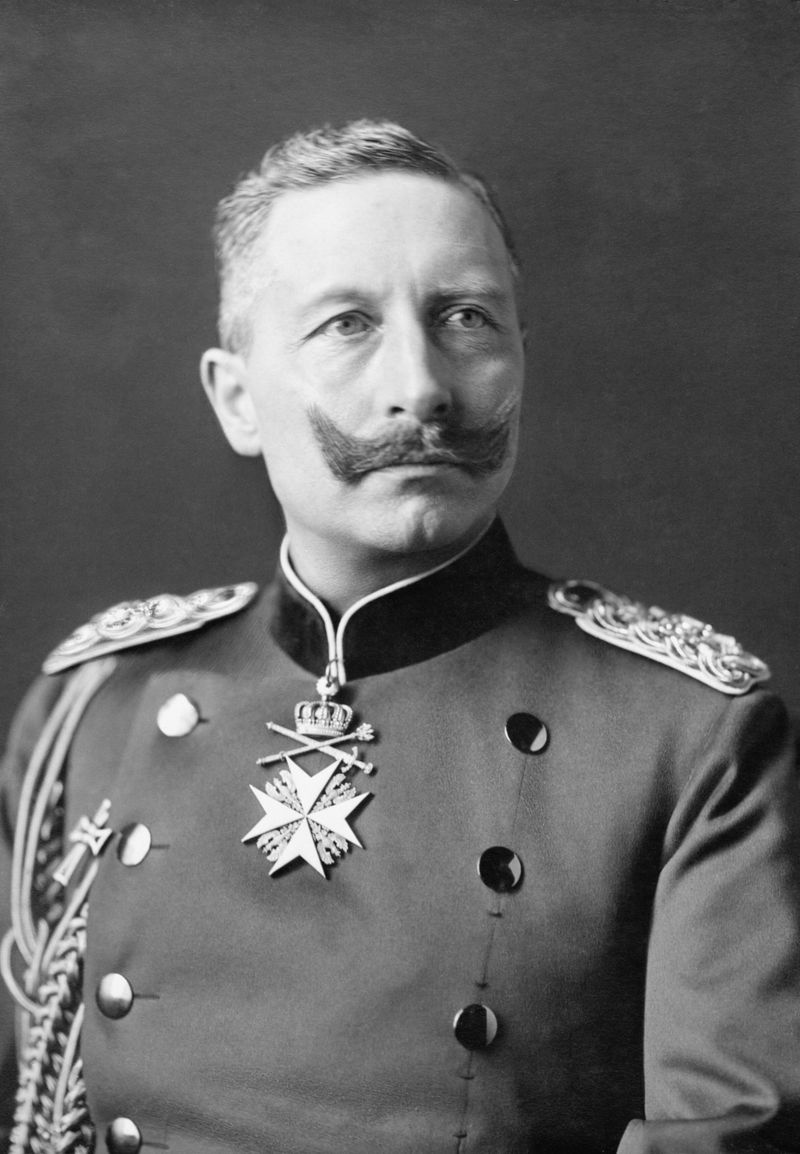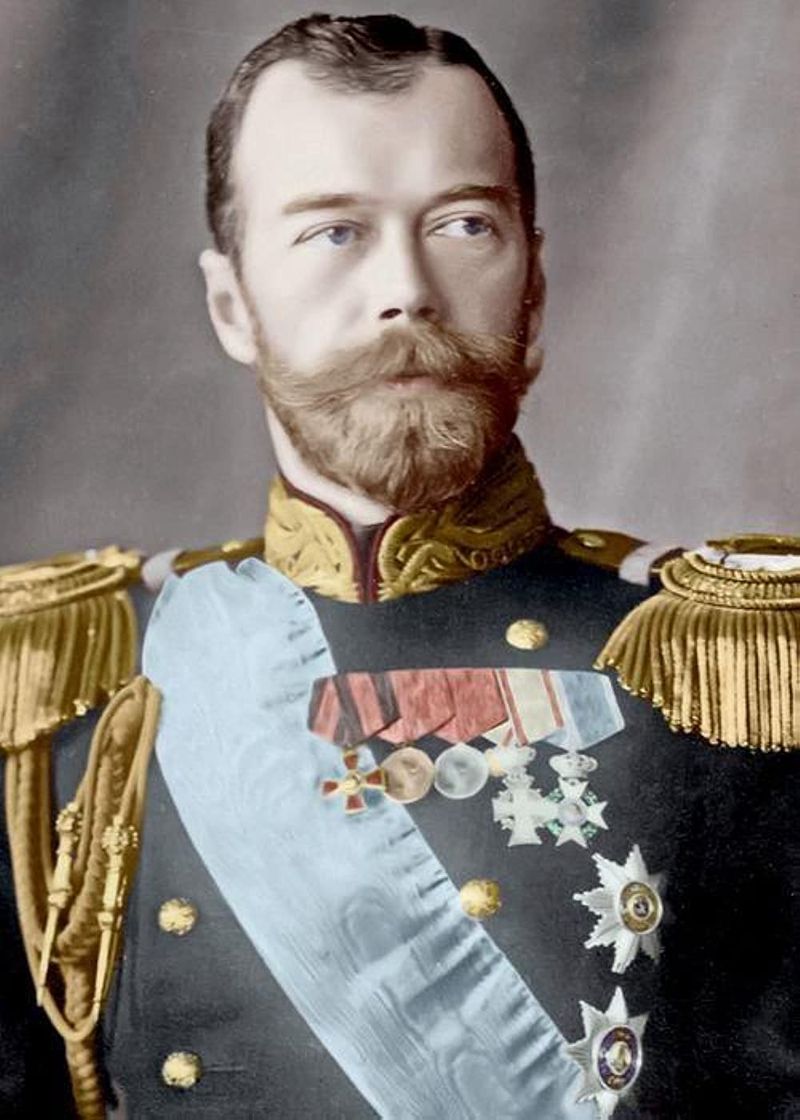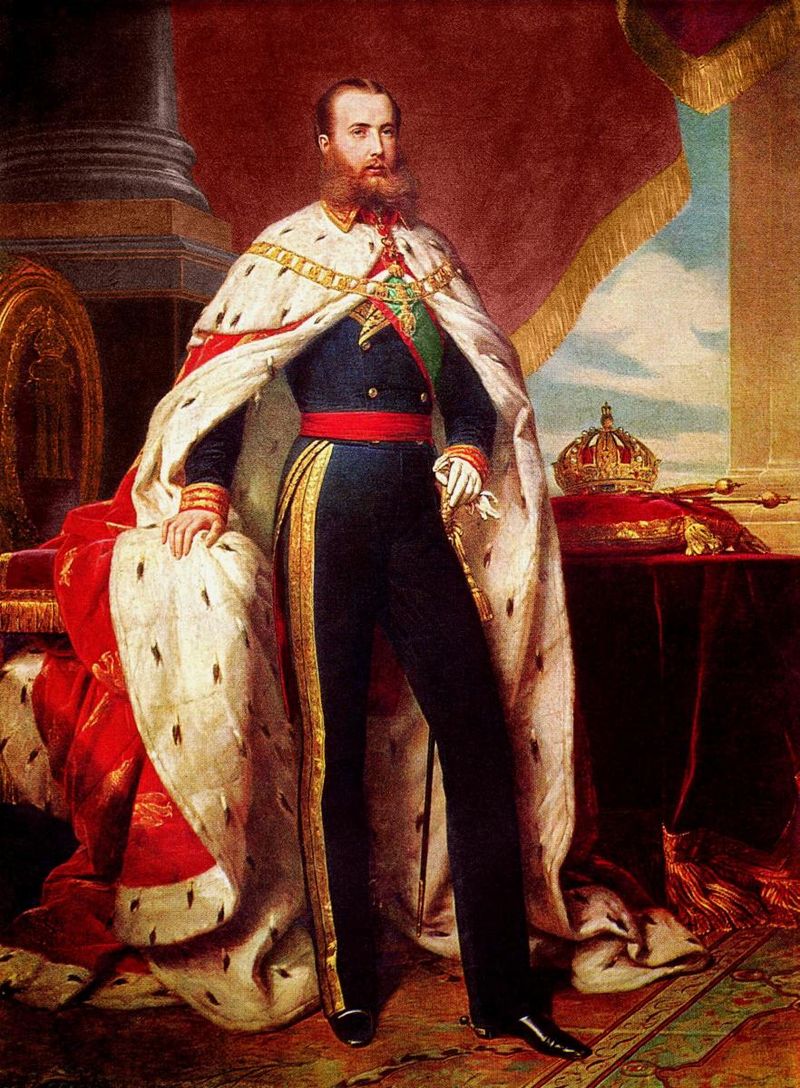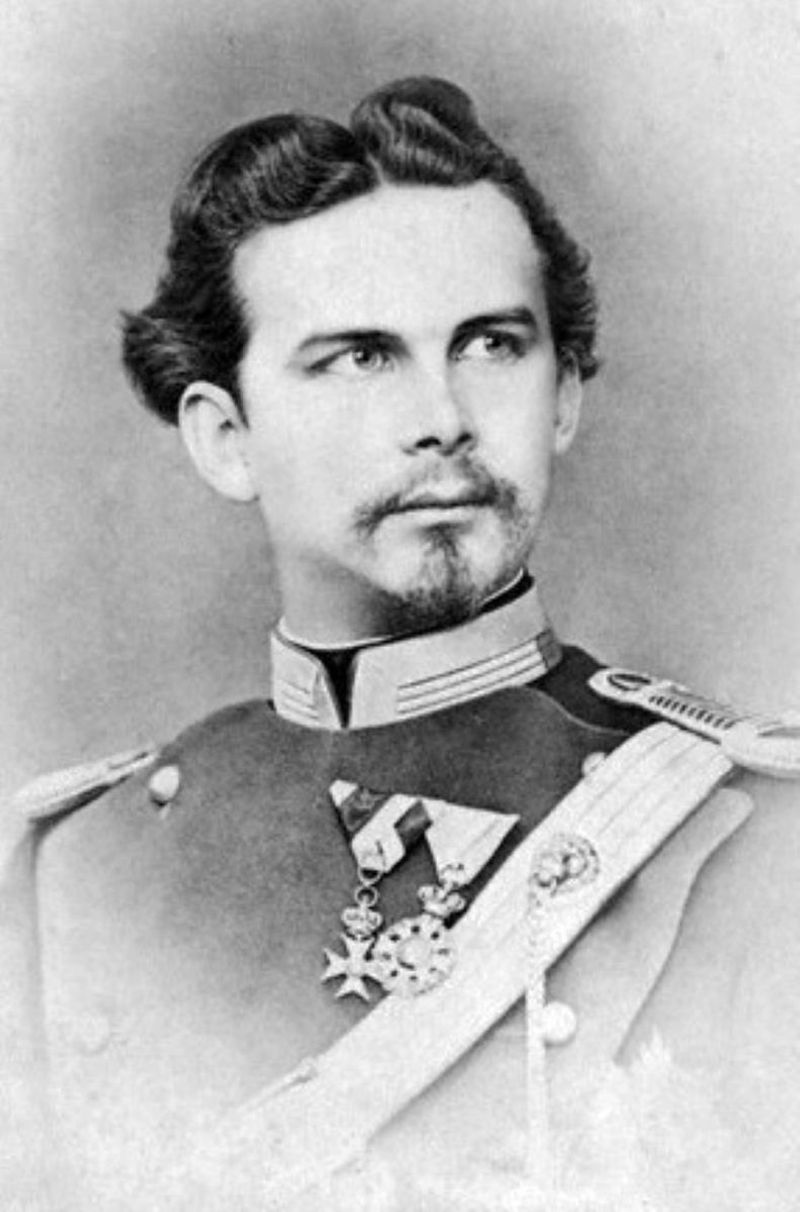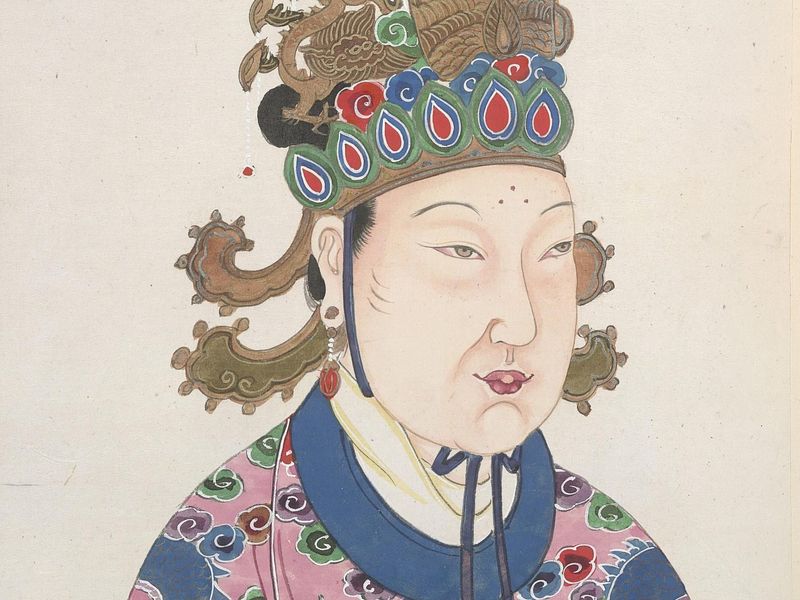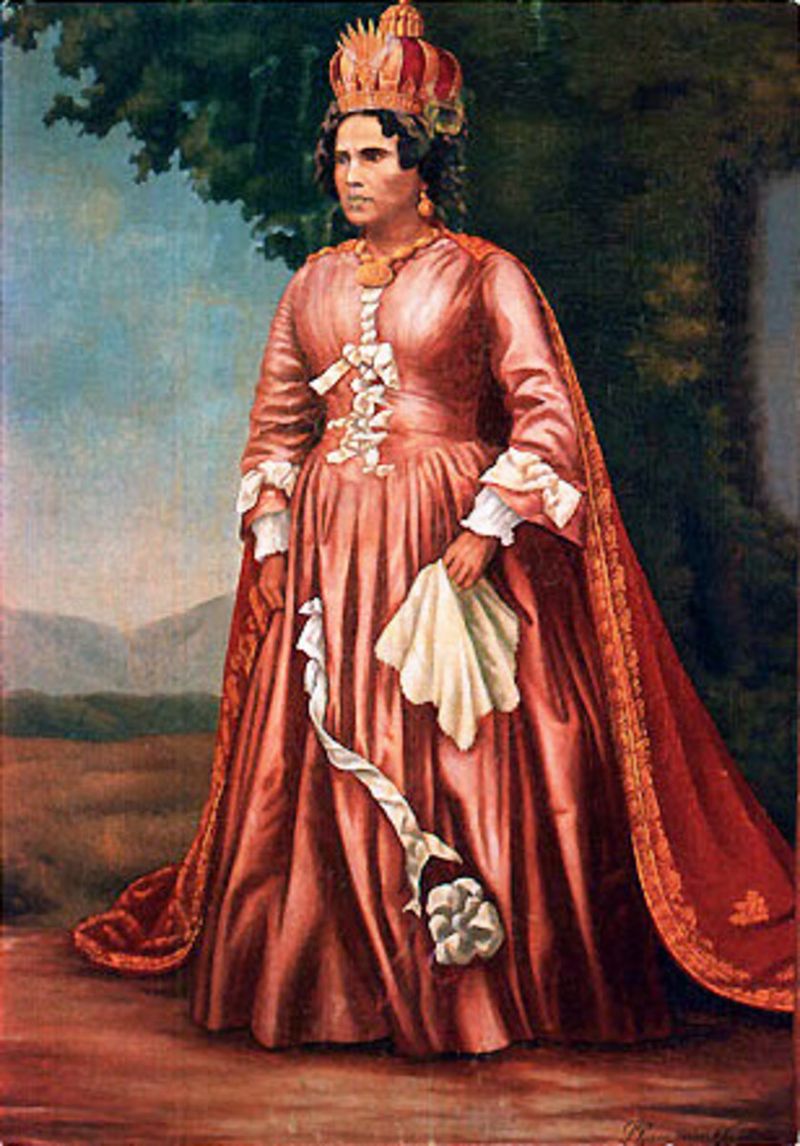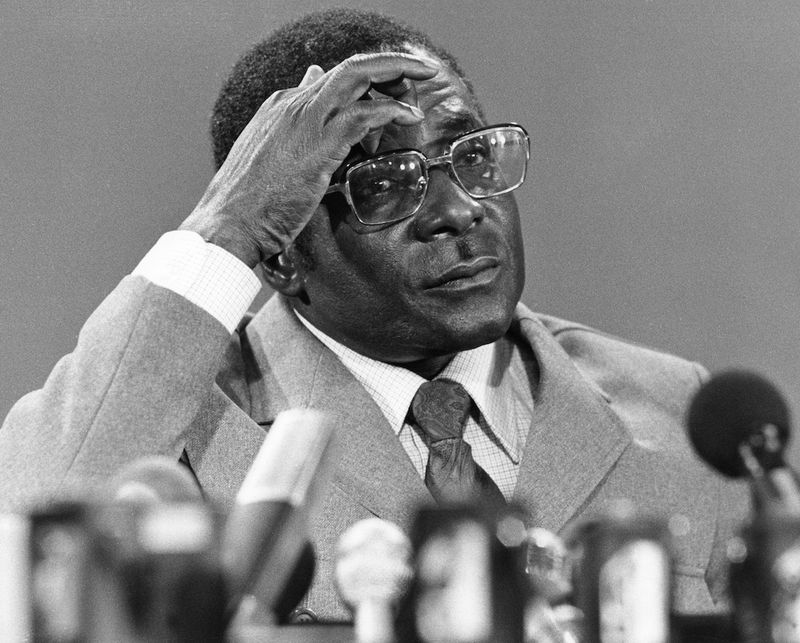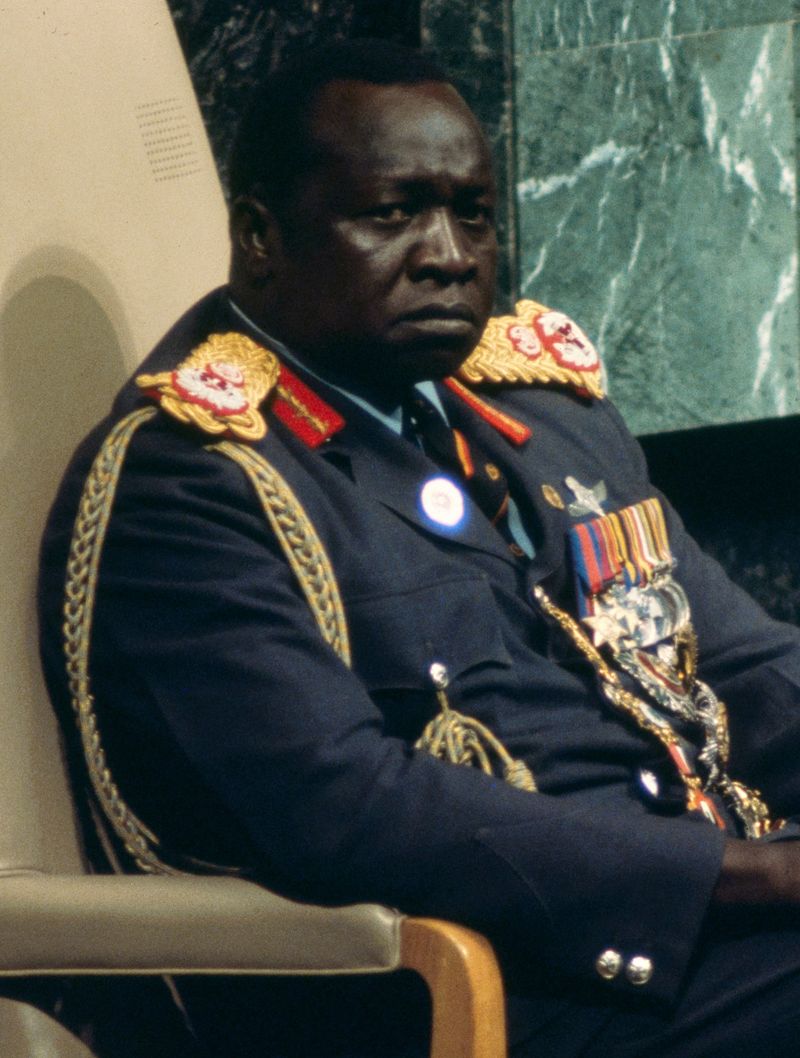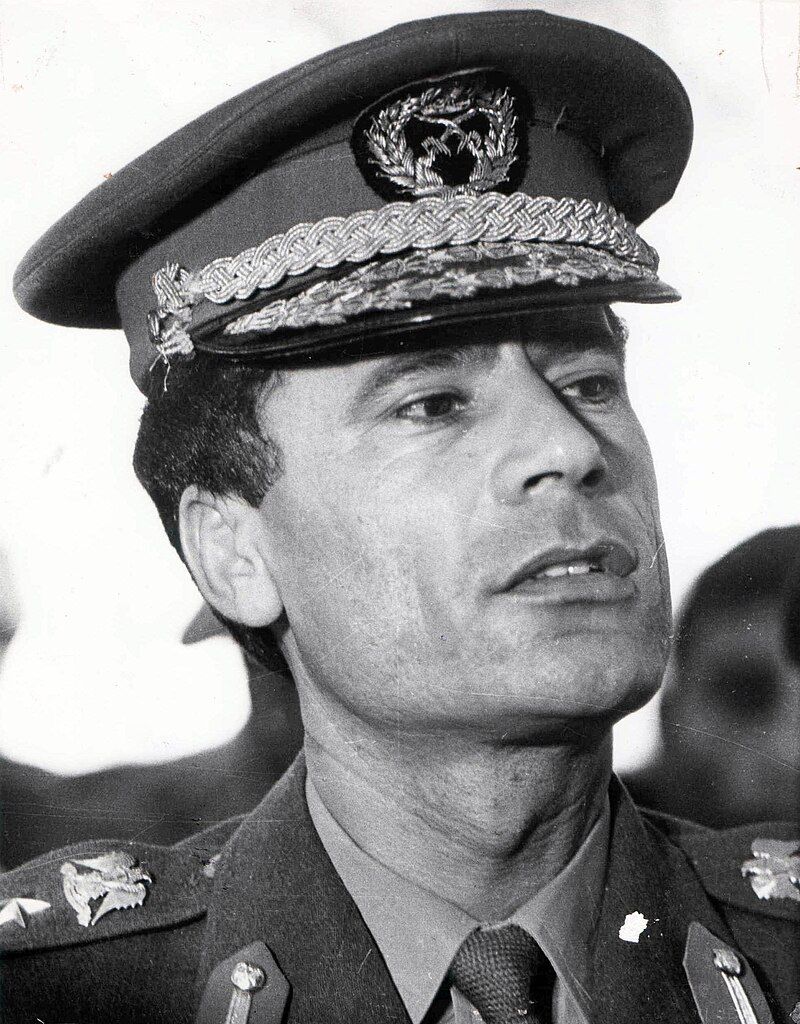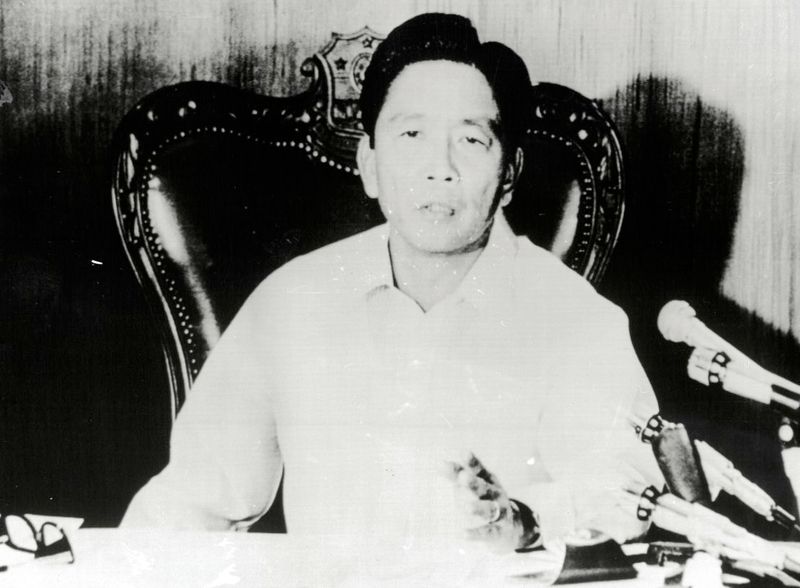Throughout history, numerous rulers have wielded power with disastrous consequences. This blog post explores the 21 worst rulers who, through tyranny, incompetence, or sheer malice, left indelible marks on their nations and the world. From ancient despots to modern dictators, their reigns serve as cautionary tales of how power can corrupt and mislead.
Nero Claudius Caesar
Nero Claudius Caesar, one of Rome’s most infamous emperors, reigned from AD 54 to 68. Often remembered for his artistic pursuits and tyrannical rule, his leadership was marred by numerous controversies. Nero’s penchant for music and theatrics was overshadowed by his brutal suppression of dissent, including the persecution of Christians. Amidst his reign, the Great Fire of Rome in AD 64 led to widespread devastation, with rumors suggesting Nero’s involvement. His focus on personal indulgences led to neglect of state affairs, ultimately resulting in his downfall. Nero’s reign remains a symbol of excessive power and its potential for corruption.
Ivan the Terrible
Ivan IV Vasilyevich, known as Ivan the Terrible, was the first Tsar of Russia. His reign from 1547 to 1584 was marked by significant territorial expansion and centralization of power. However, Ivan’s rule was also characterized by violence and paranoia, culminating in the Oprichnina—a period of terror where perceived enemies were executed. Ivan’s erratic behavior and penchant for brutal tactics left a trail of destruction, with his own family not spared. His infamous act of killing his son in a fit of rage epitomizes his volatile nature. Ivan’s legacy is one of both reform and ruthless tyranny.
Caligula
Gaius Julius Caesar Augustus Germanicus, commonly known as Caligula, ruled as Roman Emperor from AD 37 to 41. Initially popular, his reign quickly descended into chaos due to erratic behavior and extravagant spending. Caligula’s rule was marked by extreme cruelty, arbitrary executions, and bizarre demands, including declaring himself a god. His lavish lifestyle strained Rome’s finances, and his unpredictable actions led to widespread fear among the Senate and citizens alike. The culmination of his tyranny was his assassination by conspirators within his own guard. Caligula’s short and chaotic reign is a testament to the dangers of absolute power.
Leopold II of Belgium
Leopold II of Belgium, reigning from 1865 to 1909, is infamous for his exploitation of the Congo Free State. Under the guise of philanthropy, Leopold’s regime in the Congo was marked by extreme brutality and exploitation, leading to millions of deaths. His relentless pursuit of wealth through rubber extraction resulted in widespread human rights abuses, including forced labor and mutilation. The international outcry eventually led to the transfer of control from Leopold to the Belgian government. Despite his earlier successes in Belgium, Leopold’s legacy is overshadowed by his atrocities in the Congo, highlighting the perils of unchecked imperial ambition.
Kim Jong-il
Kim Jong-il, North Korea’s Supreme Leader from 1994 until his death in 2011, ruled with an iron fist. His regime was characterized by severe human rights violations, with widespread reports of famine, forced labor camps, and strict censorship. Kim’s focus on military advancement, including nuclear weapons development, isolated North Korea on the global stage, exacerbating the country’s economic woes. His leadership style, often shrouded in personality cult and propaganda, contributed to the suffering of millions. Despite the internal oppression, Kim maintained a staunchly defiant stance against external pressures. His legacy remains a contentious chapter in North Korea’s history.
Pol Pot
Pol Pot, the leader of the Khmer Rouge, orchestrated one of the most brutal regimes in history from 1975 to 1979. Under his leadership, Cambodia underwent radical social engineering, aiming to transform it into a classless agrarian society. This vision led to the deaths of an estimated two million people through starvation, forced labor, and executions. Pol Pot’s regime dismantled urban life, targeting intellectuals, professionals, and minorities. The infamous Killing Fields serve as a haunting reminder of his oppressive rule. His pursuit of ideological purity resulted in unparalleled human suffering, leaving a lasting scar on Cambodia’s history.
King John of England
King John of England, reigning from 1199 to 1216, is often remembered for his failures. His reign was marked by military defeats, loss of territories in France, and heavy taxation. John’s attempts to assert royal authority led to conflicts with the nobility, culminating in the sealing of the Magna Carta in 1215. This document, forced upon him by rebellious barons, aimed to limit the king’s power and protect feudal rights. Despite this, John’s mismanagement and tyrannical tendencies persisted. His inability to maintain control and foster unity left a troubled legacy, forever casting a shadow over his reign.
King Richard II of England
King Richard II of England, reigning from 1377 to 1399, is known for his tumultuous rule. Ascending the throne as a child, his early reign was dominated by regents. Richard’s later years were marked by his struggle for absolute power, leading to political strife and alienation of the nobility. His extravagant lifestyle and heavy taxation fueled discontent, culminating in the Peasants’ Revolt of 1381. Richard’s inability to balance his authority with governance led to his eventual deposition by Henry Bolingbroke. His reign serves as a cautionary tale of the perils of authoritarianism and the importance of political prudence.
Queen Mary I of England
Queen Mary I of England, also known as “Bloody Mary,” ruled from 1553 to 1558. Her reign is infamous for the Marian Persecutions, where hundreds of Protestants were executed, aiming to restore Catholicism. Mary’s religious fervor and marriage to Philip II of Spain aroused suspicion and hostility, leading to unrest. Her attempts to reverse the English Reformation were met with resistance, and her policies left the country divided. Despite her determination, Mary’s reign was short and tumultuous, leaving a legacy overshadowed by religious strife. Her inability to achieve her goals serves as a reminder of the complexities of religious politics.
King Charles II of Spain
King Charles II of Spain, reigning from 1665 to 1700, is often cited as one of history’s most ineffective monarchs. Known for his severe physical and mental disabilities, his reign was plagued by political instability and economic decline. Charles’s inability to produce an heir led to the War of Spanish Succession, further weakening Spain’s global standing. His reliance on corrupt advisers and inability to govern effectively exacerbated internal strife. Despite his personal challenges, Charles’s reign remains a poignant example of the vulnerabilities of hereditary rule. His legacy is a testament to the complexities of leadership and the impact of personal health on governance.
Emperor Qianlong
Emperor Qianlong of the Qing Dynasty ruled China from 1735 to 1796, with subsequent influence as Emperor Emeritus. His initially prosperous reign eventually led to stagnation and corruption. Qianlong’s obsession with luxury and art overshadowed state affairs, leading to increased bureaucracy and inefficiency. His inability to curb corruption and maladministration sowed the seeds of decline, weakening the Qing Dynasty’s foundation. Qianlong’s favoritism towards certain officials resulted in power imbalances, exacerbating societal issues. Despite his achievements in expanding China’s cultural heritage, Qianlong’s later years serve as a cautionary tale of the perils of complacency and indulgence in leadership.
Kaiser Wilhelm II
Kaiser Wilhelm II of Germany reigned from 1888 to 1918 and is often associated with the events leading to World War I. His aggressive foreign policy and militaristic ambitions fueled tensions in Europe, contributing to the outbreak of the war. Wilhelm’s erratic and impetuous decisions, coupled with his desire for imperial expansion, alienated allies and intensified rivalries. His abdication in 1918 marked the end of the German Empire, leaving a fractured nation in its wake. Wilhelm’s legacy is a complex mix of ambition, misjudgment, and the far-reaching consequences of unchecked power. His reign underscores the need for diplomatic prudence and restraint.
Czar Nicholas II
Czar Nicholas II of Russia, the last Emperor of the Romanov dynasty, ruled from 1894 until his abdication in 1917. His reign was marked by political turmoil, including the Russo-Japanese War and the 1905 Russian Revolution. Nicholas’s inability to address social and economic grievances fueled unrest, culminating in the Bolshevik Revolution. His reliance on autocratic rule and resistance to reform alienated him from the populace. The tragic end of Nicholas and his family during the Russian Revolution highlights the dangers of inflexibility in leadership. His reign remains a poignant lesson in the necessity of adaptability and responsiveness to societal needs.
Emperor Maximilian I of Mexico
Emperor Maximilian I of Mexico’s reign from 1864 to 1867 was short-lived and fraught with challenges. Installed by French forces, his rule faced resistance from Mexican republicans loyal to President Benito Juárez. Maximilian’s attempts to institute liberal reforms were overshadowed by his foreign ties, which undermined his legitimacy. His inability to garner local support and navigate the complex political landscape led to his eventual capture and execution. Maximilian’s ill-fated rule serves as a stark reminder of the perils of foreign intervention and the importance of understanding local contexts in governance.
King Ludwig II of Bavaria
King Ludwig II of Bavaria, known for his enigmatic personality, ruled from 1864 until his deposition in 1886. His reign was marked by extravagant spending on grand architectural projects, including the famous Neuschwanstein Castle. Ludwig’s focus on artistic and cultural endeavors led to financial strain and political isolation. His increasingly reclusive behavior and detachment from state affairs raised concerns about his mental health. Ultimately, Ludwig was declared unfit to rule and was deposed. His reign, while culturally significant, underscores the challenges of balancing personal passions with the responsibilities of leadership. Ludwig’s legacy is one of both artistic vision and political misjudgment.
Empress Wu Zetian
Empress Wu Zetian was the only female emperor in Chinese history, ruling during the Tang dynasty. Her rise to power was marked by cunning and ruthless strategies, including the elimination of rivals and manipulation of court politics. Despite these methods, she was known for her effective governance and support of Buddhism, yet her reign was overshadowed by the brutal purges that characterized her path to power.
Her legacy is controversial. While she promoted talent over birthright, her methods of consolidating power were brutal and at times, merciless. The fear she instilled in her opponents often led to political instability, yet her reign also saw the expansion of the Chinese empire and cultural flourishing.
Wu Zetian remains a figure of intrigue and debate, a ruler who defied gender norms but whose methods continue to spark discussions about morality and leadership.
Queen Ranavalona I of Madagascar
Queen Ranavalona I of Madagascar, ruling from 1828 to 1861, is often labeled the “Mad Queen” for her harsh policies. Her reign was marked by a fierce resistance to European influence and modernization. Ranavalona’s policies included forced labor, heavy taxation, and persecution of Christians. Her isolationist stance led to economic decline and internal strife. Despite her efforts to maintain sovereignty, Ranavalona’s harsh rule left Madagascar weakened. Her legacy is a complex mix of defiance against colonialism and the detrimental impact of extreme isolationism. Her reign remains a contentious chapter in Madagascar’s history, illustrating the challenges of maintaining autonomy.
Robert Mugabe
Robert Mugabe, Zimbabwe’s leader from 1980 to 2017, began as a liberation hero but ended as a controversial figure. His early years in power were marked by economic growth and social development. However, Mugabe’s later rule was characterized by authoritarianism, economic mismanagement, and human rights abuses. Land reform policies led to economic collapse, hyperinflation, and widespread poverty. Political opposition was met with violence and intimidation, tarnishing Mugabe’s legacy. His eventual ousting in 2017 marked the end of a tumultuous era. Mugabe’s reign serves as a stark reminder of the complexities of power and the importance of democratic governance.
Idi Amin
Idi Amin, Uganda’s military dictator from 1971 to 1979, was notorious for his brutal regime. His rule was marked by political repression, ethnic persecution, and gross human rights abuses. Amin’s erratic behavior and ruthless tactics led to an estimated 300,000 deaths. His economic mismanagement and expulsion of Asians devastated Uganda’s economy. Amin’s reign of terror and unpredictability created a climate of fear and instability. His eventual overthrow in 1979 left Uganda in turmoil, highlighting the destructive potential of dictatorial rule. Amin’s legacy remains a cautionary tale of the consequences of unchecked power and the importance of accountability.
Muammar Gaddafi
Muammar Gaddafi, Libya’s leader from 1969 to 2011, was a polarizing figure known for his eccentricity and authoritarian rule. His early attempts at modernization and pan-Africanism were overshadowed by human rights abuses and oppressive governance. Gaddafi’s volatile foreign policy and support for terrorism isolated Libya internationally. His regime was marked by censorship, political repression, and economic mismanagement. The 2011 uprising, fueled by widespread discontent, led to Gaddafi’s ousting and death. His reign serves as a reminder of the complexities of leadership and the potential for power to corrupt. Gaddafi’s legacy remains a contentious chapter in Libya’s history.
Ferdinand Marcos
Ferdinand Marcos, President of the Philippines from 1965 to 1986, is remembered for his authoritarian rule and corruption. His imposition of martial law in 1972 marked the beginning of a repressive regime characterized by human rights violations and political suppression. Marcos’s administration was marred by widespread corruption, with billions allegedly embezzled by him and his associates. Economic mismanagement and cronyism exacerbated poverty and inequality. The People Power Revolution in 1986 led to his ousting and exile. Marcos’s rule serves as a stark reminder of the dangers of autocracy and the importance of transparency and accountability in governance.
